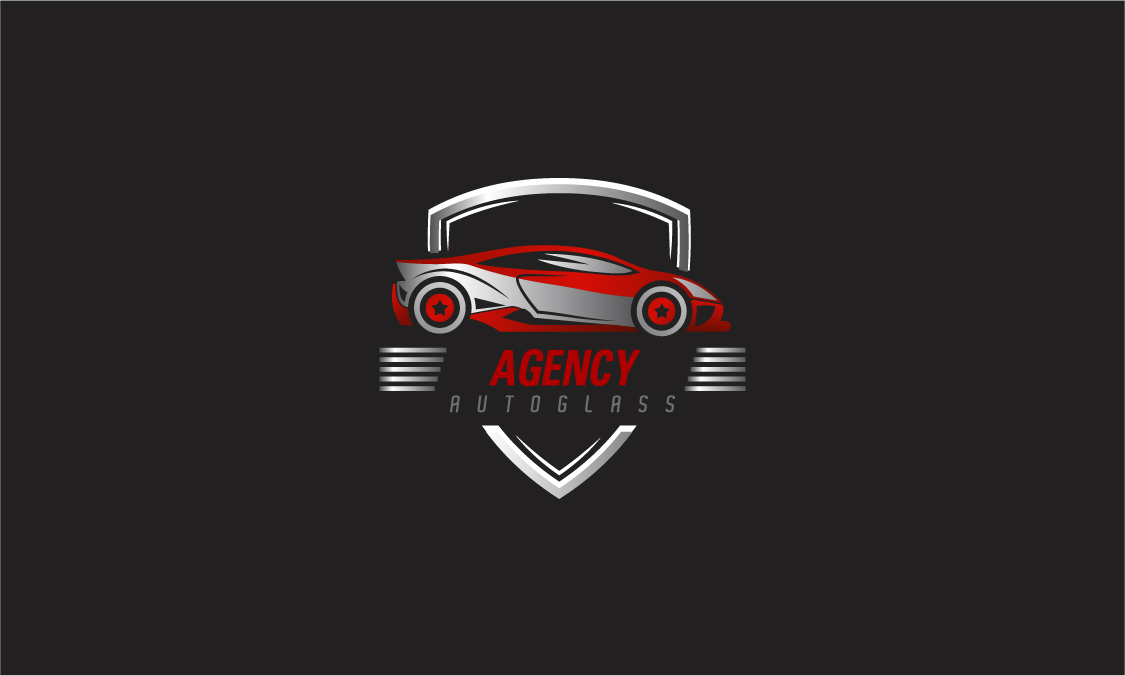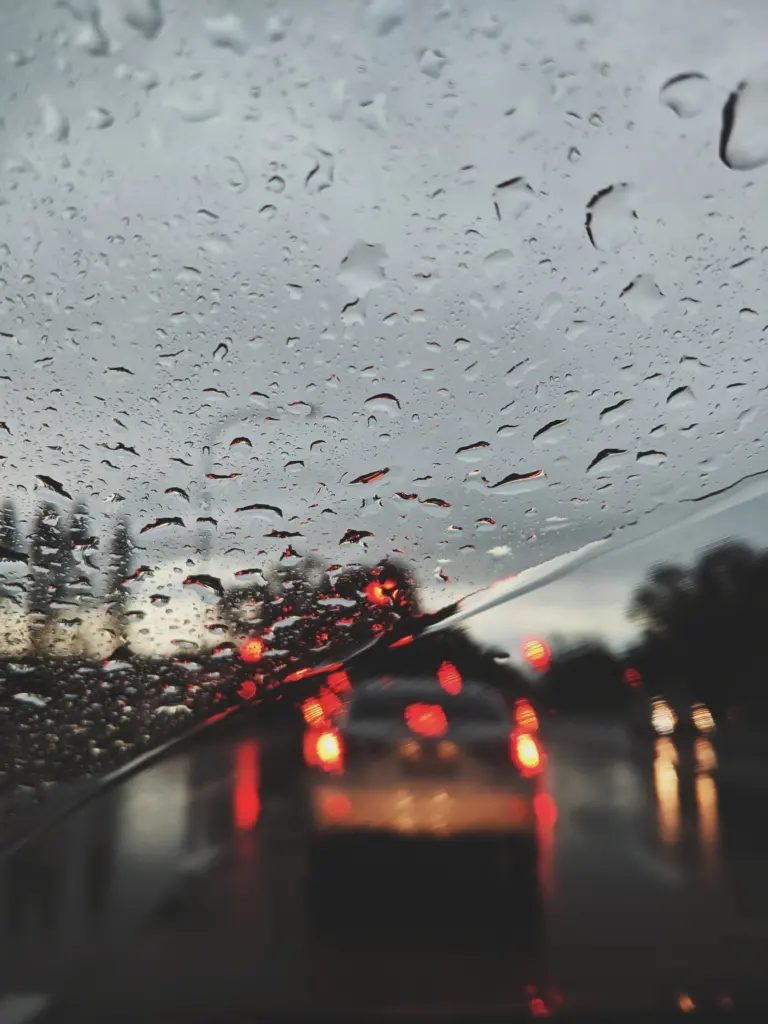Generated by Contentify AI

DIY Auto Glass Repair: What You Need to Know
Auto glass damage is a common issue faced by car owners. From small chips to cracks that extend across the windshield, auto glass repair is an important aspect of vehicle maintenance. Although it’s tempting to tackle this task yourself, it’s crucial to understand the intricacies involved in DIY auto glass repair.
One of the key things to consider is the type and severity of the damage. Small chips and cracks can often be repaired using DIY kits available in the market. These kits typically contain everything you need to fix the damage, including a resin that fills the void and restores the structural integrity of the glass. However, it’s important to note that these kits are designed for minor damage and may not be suitable for more extensive repairs.
Another crucial factor to consider is your skill level and experience. DIY auto glass repair requires a certain level of expertise to ensure proper and long-lasting results. If you don’t have prior experience or the necessary skills, it’s best to leave the task to professionals. They have the knowledge and tools to handle different types of glass damage and can provide a more durable solution that ensures your safety on the road.
Furthermore, attempting DIY repairs without the proper equipment can lead to further damage. Auto glass repair requires specific tools and techniques that professionals are trained to use. Without these tools, you may end up causing more harm than good, leading to additional expenses in the long run.
Lastly, it’s worth noting that some insurance policies may cover the costs of professional auto glass repair or replacement. Before diving into a DIY project, it’s advisable to check with your insurance provider to understand your options. Opting for professional services may not only save you time and effort but also protect your wallet.
In conclusion, while DIY auto glass repair may seem like a cost-effective option, it’s essential to consider the type and severity of the damage, your skill level, tools required, and insurance coverage. Consulting with professionals and weighing your options is the best way to ensure a safe and successful repair.

